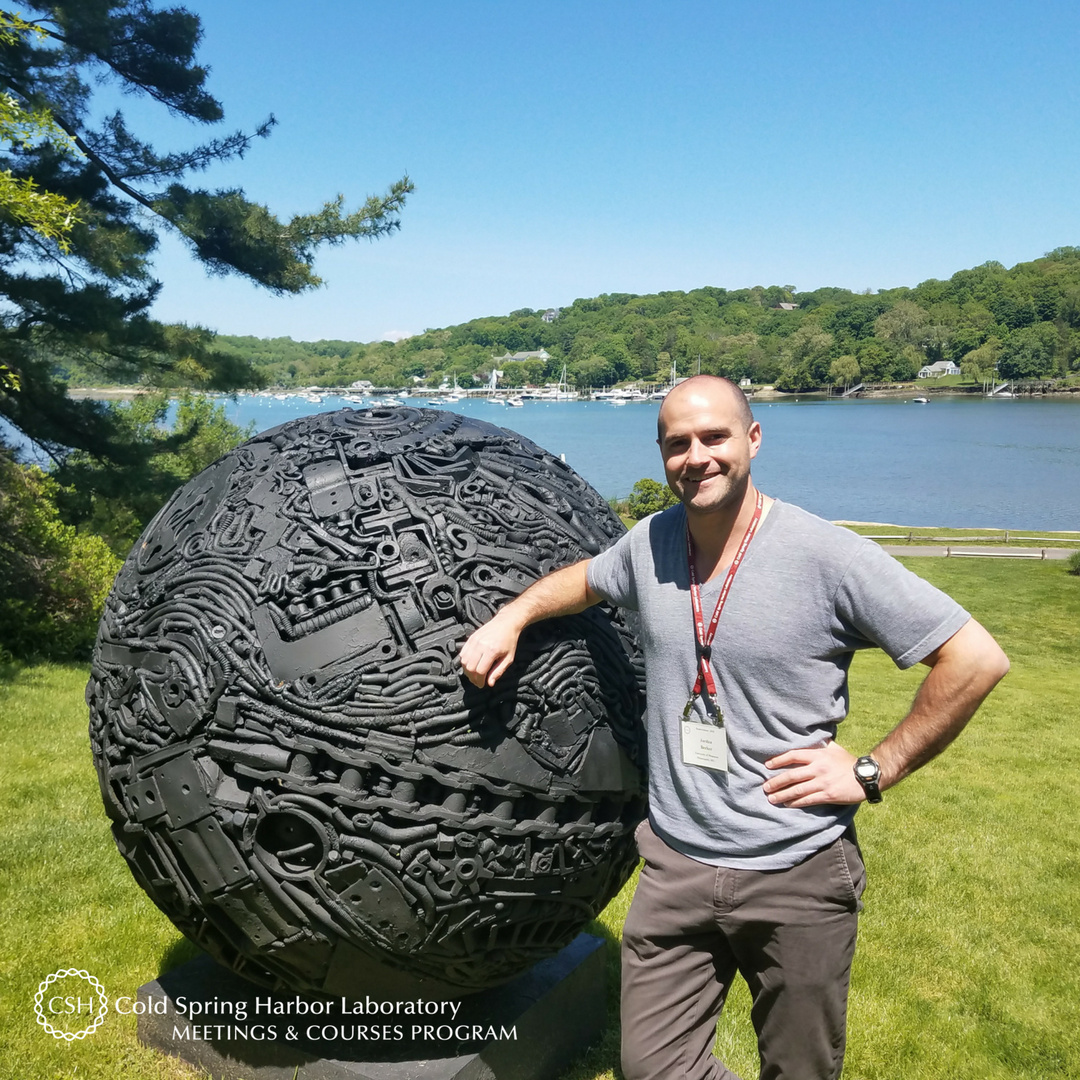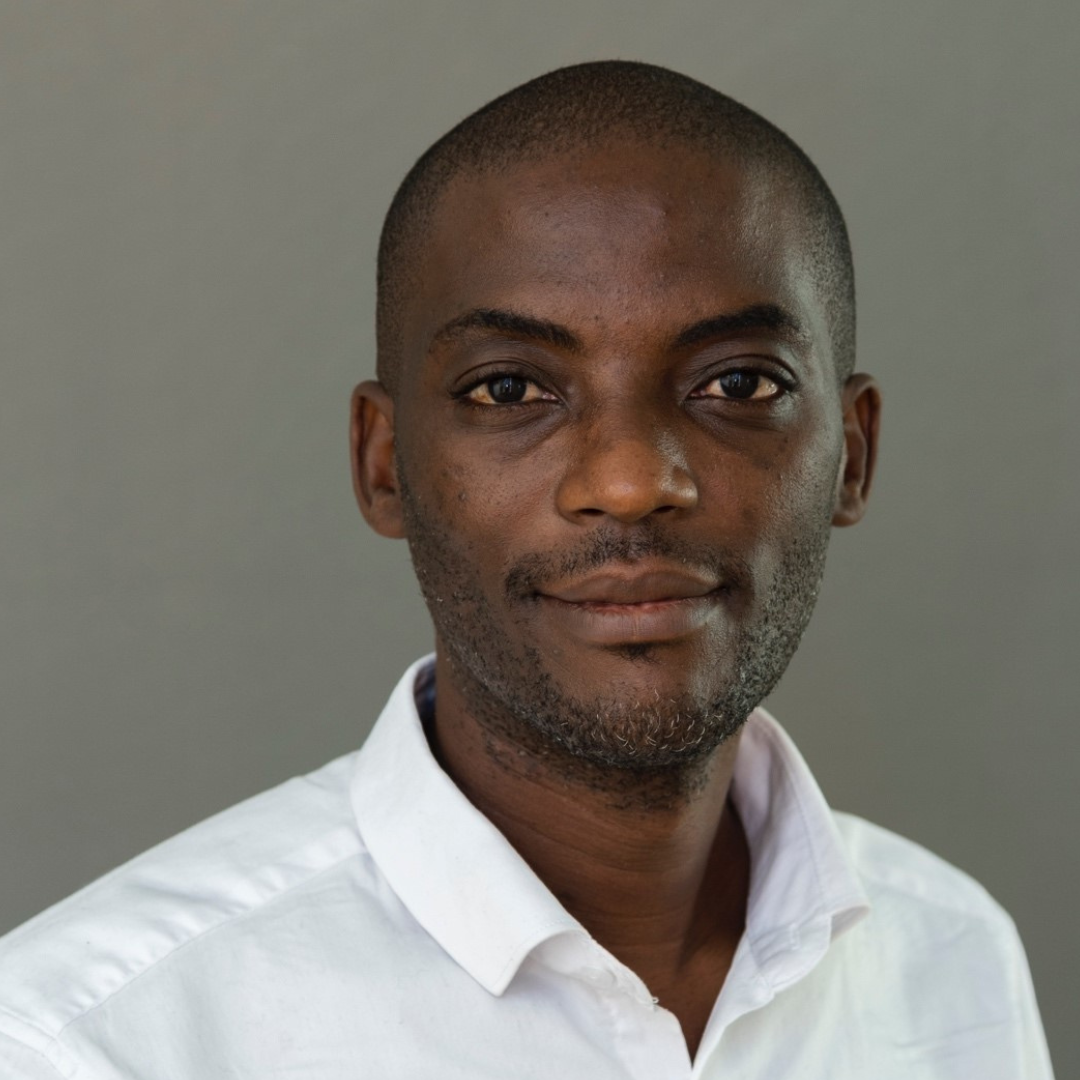Meet Adrian Padron of the Meharry Medical College School of Graduate Studies and Research! The doctoral candidate is conducting his work in the lab of CV Dash which utilizes biochemical approaches to understanding the early events of the HIV-1 replication process. Adrian is at Retroviruses, his first in-person meeting since the pandemic, where he had the opportunity to give his first talk titled “Cyclophilin A Promotes HIV-1 Preintegration Complex Function.” It was warmly received by his fellow researchers and he received some direct and “quite invaluable” feedback. But despite this career milestone, being able to meet people from different parts of the world and learning of their work in virology has been what Adrian enjoyed most from his time at CSHL.
Tell us about your research.
My project entails determining the role of the host factor, Cyclophilin A (CypA), on HIV-1 pre-integration complex function. The overarching aim of this study is to determine if CypA has a role in the critical step of vDNA integration.
How did you decide to focus on this area/project?
Although I studied animal physiology as an undergrad, I have always had an interest in microbiology and virology. I spent several years working in various research labs in California and Maryland which gave me an opportunity to explore my research options. When I began my graduate work at Meharry, I was fortunate to be able to further explore my interests rotating in molecular virology research labs.
What and/or who is the inspiration behind your scientific journey?
I was inspired to go on my scientific journey after completing my undergraduate studies as I reflected on my early experiences in life including witnessing the onset of the HIV pandemic when I was young and seeing many people, including my uncle, become infected and lose their life to HIV/AIDS.
Where do you see yourself in five years?
In five years, I hope to continue research and pass on knowledge to others as a university level researcher/instructor.
What do you love most about being a researcher?
One of the things I love most about being a researcher is being able to learn something new and ultimately being able to share it with others.
What drew you to attend this meeting?
The opportunity to be exposed to research from investigators from all over the world is one of the key aspects that drew me to attend this meeting.
What is your key takeaway from the Meeting; and how do you plan to apply it to your work?
One of the main takeaways from this meeting is that there is still so much to learn about virology which is very exciting!
What feedback or advice would you share with someone considering to participate in this meeting?
I would most certainly advise anyone considering participating in this meeting to network with other researchers.
What’s the most memorable thing that happened during the Meeting?
There were two wonderful and inspiring keynote talks—Carol Carter and Thomas J. Hope—which were one of the most memorable aspects of this meeting.
Thank you to Adrian for being this week's featured visitor. To meet other featured researchers - and discover the wide range of science that takes part in a CSHL meeting or course - go here.
Image provided by Adrian Padron





































